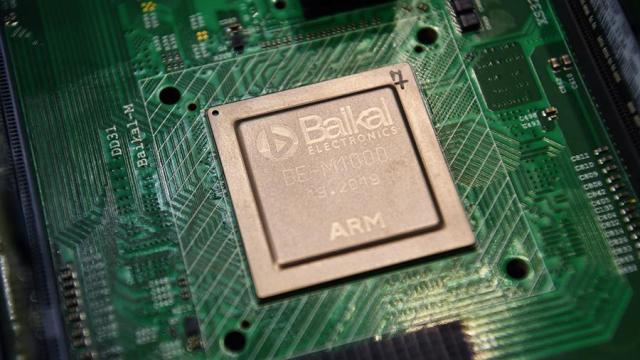Baikal Electronics, a developer of domestic chips from the Baikal line, has entered into a partnership agreement with four design centers for the production of motherboards on its processors in Russia.
The Russian company Baikal Electronics, known for developing a line of domestic Baikal processors, has signed agreements with four design centers on the production of boards on its chips.
The agreement affects the companies Gaodi Rus, Project Lagrange, eLpitech and Edelweiss. The boards will be built on Baikal-M processors. The letter "M" refers to "mobility", although existing technologies allow using the same chips in a fairly wide range of "iron" solutions.
The company reported that Baikal Electronics' plans for the production of boards are not limited to these four organizations. "We plan to negotiate with about 10-12 design centers," the organization noted.
"The total number of types of debugging boards will be 30-50," the company is confident. - The expected circulation in 2022 will be. 300 thousand pieces".
"We have been actively cooperating with Baikal Electronics for many years and have released several motherboards on Baikal-M," he said Alexander Grishchenkov, CEO of eLpitech.
This company is quite remarkable. Grishchenkov created it after leaving the company "Edelweiss", which the market tends to associate with the supercomputer company "T-platforms", whose founder Vsevolod Opanasenko, has been under arrest since March 2019. Now the restrictions concerning him are reduced to staying in custody at home, but in general he faces 10 years in prison.
"We are pleased with our cooperation with Baikal Electronics," they say in Lagrange. "The status of a technology partner of a strong processor company is a new step in our development."
Baikal Electronics developed its first 28-nanometer processor, Baikal-T1 (new name - BE-T1000) by the end of 2014 and launched production in 2015. The development was carried out with the support of the Ministry of Industry and Trade with the involvement of funds from the department itself and the federal target program "Development of electronic component base and radio electronics for 2008-2015", as well as investments from T-nano and T-platforms (the parent structure in relation to Baikal Electronics). The specific amount of investments in the project was not disclosed.
Unlike this first chip of the company based on the MIPS architecture (created in accordance with the RISC concept, that is, for processors with a reduced instruction set), the two expired processors considered in this material use the ARM architecture (from the English Advanced RISC Machine).


